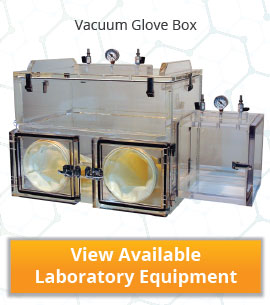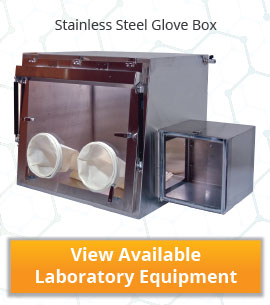A cleanroom air shower is designed to serve as a gateway controller between the clean production space and the outside world. Generally installed as entry systems, they reduce contamination by minimizing the entry and exit of particulate matter in controlled laboratory environments like cleanrooms.
Although coveralls and protective gear along with strict regulatory guidelines are employed to prevent the entry of outside contaminants, sometimes, it isn’t enough. A hint of debris or lint can compromise the integrity of a substance in a clean, controlled environment. Cleanroom air showers have gained popularity and have become a part of the large list of laboratory equipment because of their effectiveness at reducing potential contaminants and keeping a product safe.
How Does a Cleanroom Air Shower Work?
A cleanroom air shower is a self-contained chamber functioning with high velocity and low pressure. When a person enters the chamber, the high-velocity airflow fan that turns on is the air shower. With dual locking doors, the room itself is known as the airlock. For an easier understanding, we refer to this whole system as an air shower.
The two doors of an air shower can’t be opened at the same time. A person enters the room, the doors then lock after which high velocity steams (“flapping manner”) of HEPA filtered air blows onto the person. The lingering particulates are “scrubbed” off the person, to the low-pressure side of the chamber. After a total of 8 to 12 seconds of this process, the second door unlocks, leading into the cleanroom.
The thorough, effective process ensures that the person entering the controlled environment is contaminant free.
Why Do You Need a Cleanroom Air Shower?
Aside from the regulatory guidelines and protective gear, laboratory air showers serve as an extra precaution against harmful particulate matter. In the industries where these are used, an instance of a harmful contaminant can ruin an entire batch of products. This leads to wasted resources, time, energy, and ultimately, money.
Personnel who work in controlled environments are generally uber careful about contamination. However, on the off chance that they aren’t cautious enough (as per requirement), air showers ensure protection.
Cleanroom air showers are essential in the following industries:
- Biotechnology
- Biomedical
- Microelectronics
- Pharmaceuticals
- Parental Drug
- Precision Manufacturing
- Aerospace
- Nanotechnology
Contrary to popular belief, an air shower only amounts to a small percentage of the overall cleanroom installation cost. As mentioned above, when the quality of a batch of product is safe from contamination, it can save you thousands.
In addition to money, cleanroom air showers decrease the need for maintenance as the amount of particle buildup decreases over time. Hence, they improve cleanroom efficiency. Also, this indicates less stress on the HEPA filters, making them more efficient and long-lasting.
Types of Cleanroom Air Showers
Standard air showers have magnetic interlocks for securing the entry and exit points as well as high-velocity, standard-size air filters. They are made from durable steel, and the LED lighting helps with visibility in low light environments.
HEPA filters, prefilters, negative pressure reliability seals, and silicone-free urethane sealant make sure there’s no unwanted leak by tightly sealing the cleanroom air shower.
Laboratory air showers often feature microprocessor-controlled cycle times as well as touchscreen controls for easier use. When in need of maintenance, the inspection panels provide access for quick service.
Custom cleanroom air showers come with various personalization options to suit your need, such as 90° air showers and ADA compliant air showers.
Select the Right Cleanroom Air Shower
You should consider the following factors when selecting a cleanroom air shower:
- A modular system is a better choice as it allows easy configuration, reconfiguration, shipment, and assembly.
- The air shower must be made of stainless or painted steel as it is chemical and corrosion resistant with high-stress ratings.
- For effective decontamination, the air blowers should supply high velocity, high volume air. Prefilters and high capacity HEPA filters should be used in the recirculating filtration system for thorough results.
- Numerous adjustable, evenly-spaced air nozzles should be present.
- A magnetic door interlock system with appropriate control is the safest option for foolproof decontamination.
Regardless of the cleanroom application, an air shower is a critical, practical, and precautionary addition, especially when it costs a minuscule fraction of the total fee.



